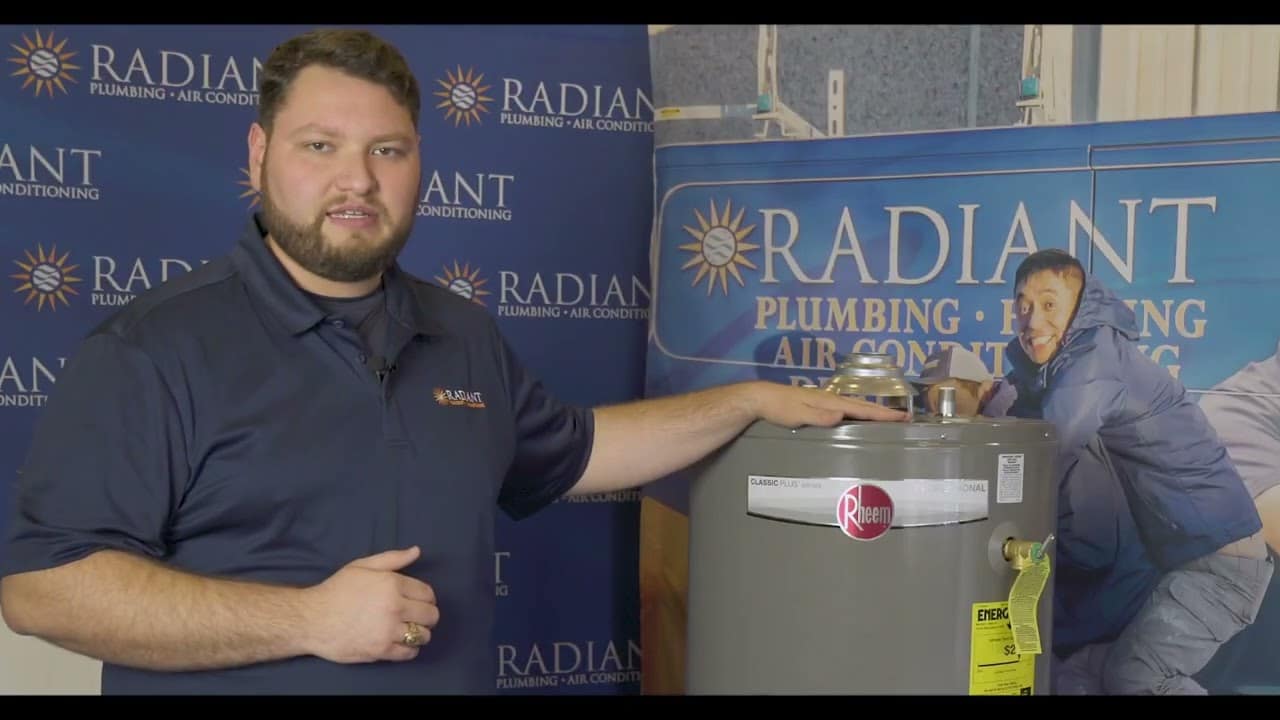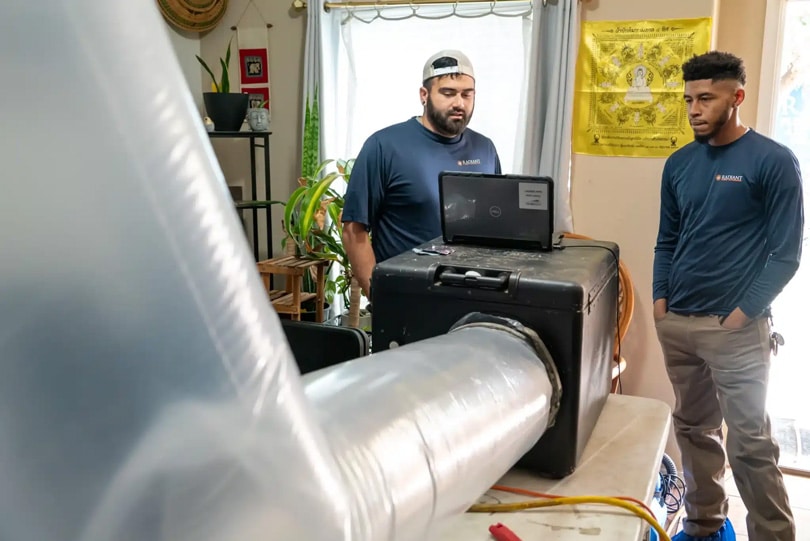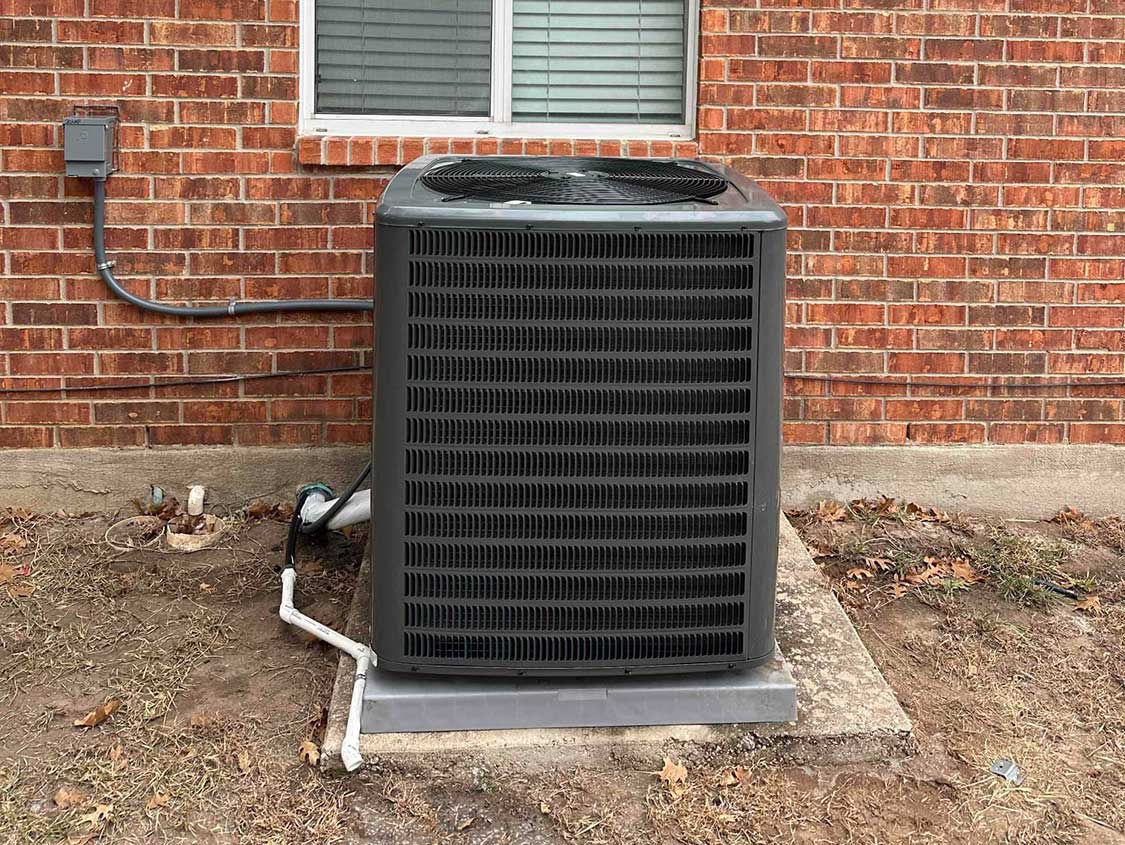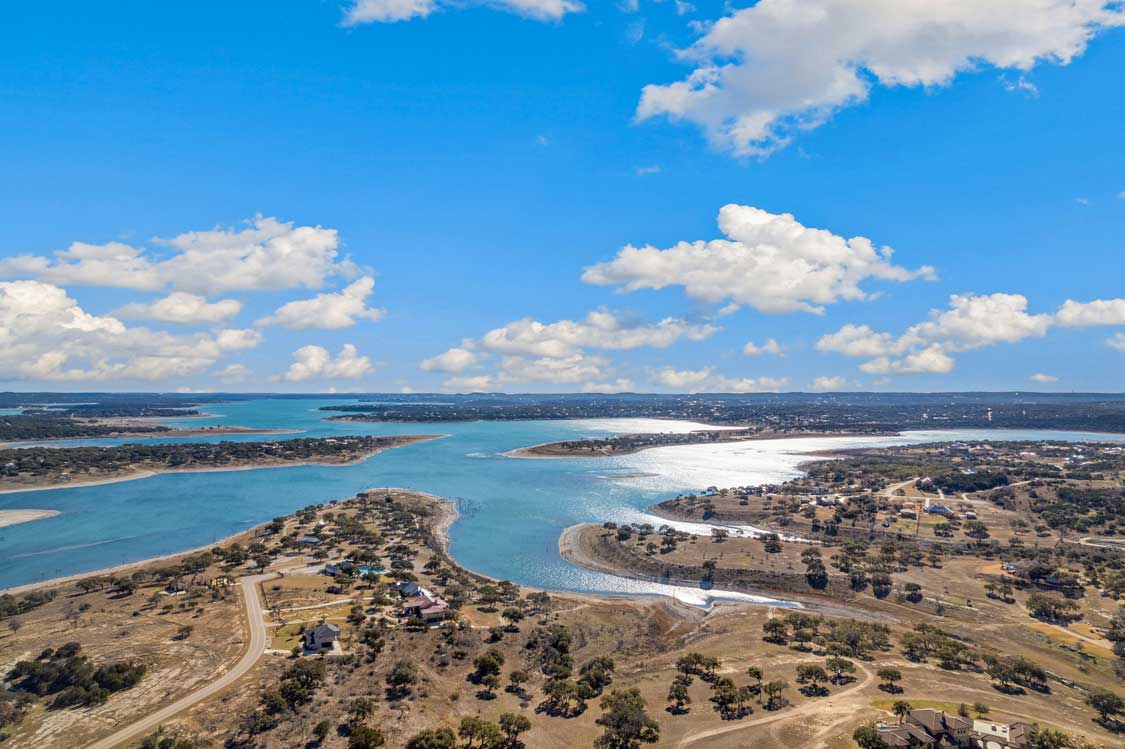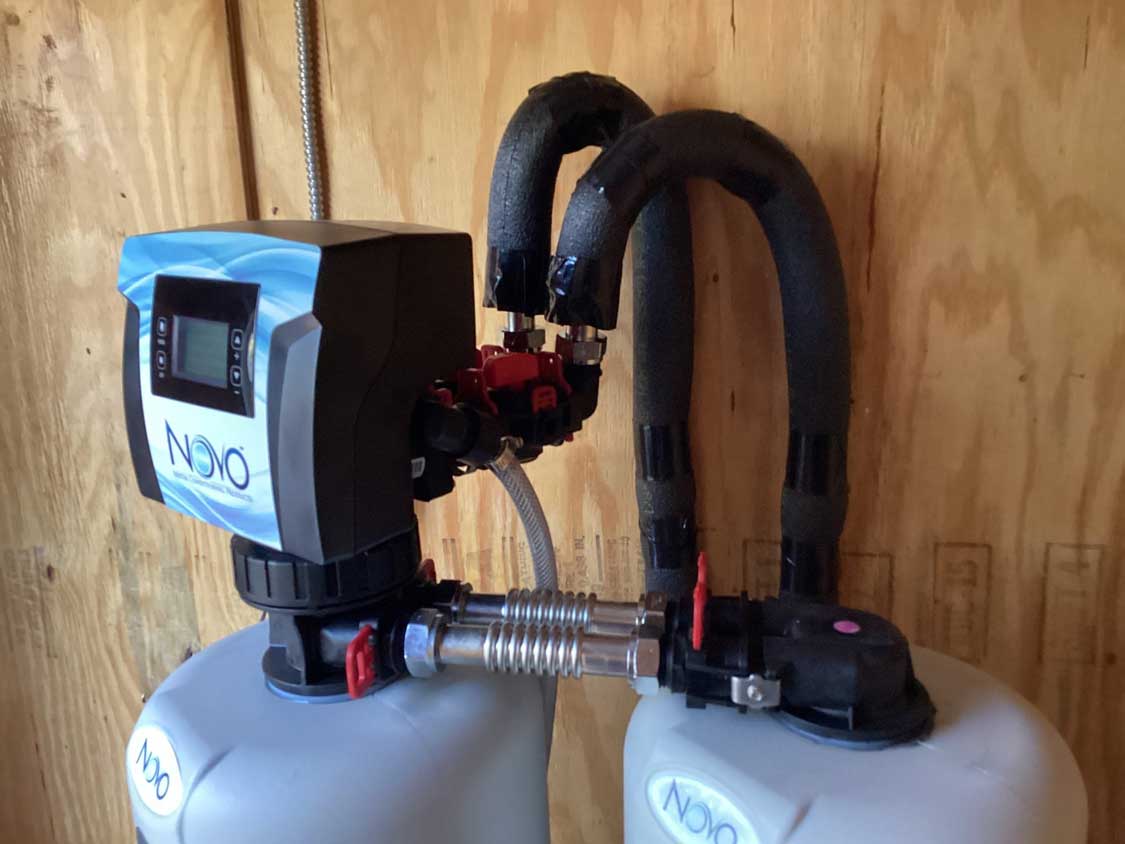Hey there, homeowner! Today, we’re diving into one of those essential tasks that keep our homes running smoothly: how to flush a hot water heater. It might not be the most glamorous chore, but truthfully, your future self will thank you for it! So, grab your gloves and let’s get started on this adventure of how to drain a hot water tank to ensure your luxuriously warm water keeps flowing.
Should You Flush Your Water Heater?
Before we jump into the nitty-gritty, let’s chat about why flushing your water heater is so important. Picture this: over time, sediment and minerals from hard water start building up at the bottom of your tank, causing all sorts of trouble. Flushing the heater gets rid of this problematic sludge, ensuring your hot water system stays efficient and hassle-free.
Is it Dangerous to Flush Your Water Heater?
While flushing hot water heater steps can be done safely with no help, there are several risks to consider. The biggest risk while flushing a water heater is accidentally burning yourself with the tank’s hot water. If you start to drain the tank before letting the water inside cool down or continue replacing it with cold water, the water coming out the end of the hose will be extremely hot. This can be dangerous for you and anything else the water comes into contact with (such as your garden, pets, etc.)
You should always work with cold water whenever possible by shutting off your heater and giving it plenty of time to cool. First, switch the water heater’s power off on your circuit breaker and then shut off the cold water supply by locating the valve connected to the heater and twisting gently.
Unforeseen water damage may also occur, particularly if your drainage spot can’t handle the volume, the water pressure from the hose is too intense, or if there’s a leak where the drain valve connects to the hose. Stay vigilant to promptly identify and address any issues to prevent potential damage to your home.
How to Flush Your Water Heater
Step by Step Guide:
First Gather Your Tools
First things first, let’s gather our tools:
- Garden hose
- Work gloves
- Safety goggles
- Screwdriver (to access the water heater)
- Bucket or drain pan
Step 1: Draining Hot Water Tank
Now, it’s time to tackle the task at hand: draining hot water tank safely! Attach one end of your garden hose to the trusty drain valve near the bottom of the water heater tank. Pop the other end of the hose into a good drainage spot, like a floor drain or outside. If you’ve got a bucket or drain pan, make sure it’s ready to catch the water.
Step 2: Open the Drain Valve
Turn the drain valve counterclockwise to open it up and get ready for some action! Hot water and sediment will start making their grand exit through the hose. If things get a bit too pressured, gently lift the lever on the temperature and pressure (T&P) relief valve to let some air in and ease the flow.
Step 3: Flush the Tank
Let the water flow until it’s running crystal clear, signaling that most of the sediment has drained. Depending on the gunk buildup, this could take a little time. Once the water’s clean, tighten the drain valve until it’s nice and snug.
Step 4: Refill and Restart
With the tank all drained out, it’s time for a fresh refill. Close up the T&P relief valve if you popped it open earlier and disconnect the hose from the drain valve.
Turn the cold water supply back on, and watch as your tank fills up with clean water. Finally, flip the switch at the circuit breaker to kick-start your water heater back into action.
Step 5: Final Check
Give everything a quick once-over to make sure there aren’t any leaks sneaking around the drain valve or connections. If all looks good, give yourself a pat on the back! You’ve just conquered the art of flushing your hot water heater like a pro and are on your way to mastering hot water heater maintenance once and for all.
And there you have it, folks! Flushing your hot water heater might not be the most exciting task, but it’s a surefire way to keep your home’s heartbeat pumping smoothly.
With a little TLC, your hot water will be flowing like a dream, making every shower a cozy, comforting experience. Happy flushing!
When to Call a Professional
If you discover a large amount of sediment build-up in your tank (water is draining very slowly, refusing to run clear or you hear worrisome noises) you should call a professional plumber to take care of the issue. This is also the case if you suspect that the pressure-relief valve is blocked (one sign being significant leaking around the bottom of the tank), since it indicates a high internal pressure that could cause an explosion.
The friendly and professional plumbers at Radiant® Plumbing & Air Conditioning will promptly assess your hater heater and recommend the best solution for your home. They will be able to tell whether your water heater is able to be repaired or requires replacing. How often to flush hot water heater questions will also be answered based on your frequency of use and your particular unit.
It’s also important to note that if you haven’t flushed your tank in over a year, it’s best to have a professional handle the first flushing since they can address any potential problems immediately. After that, future maintenance will likely be straightforward.

